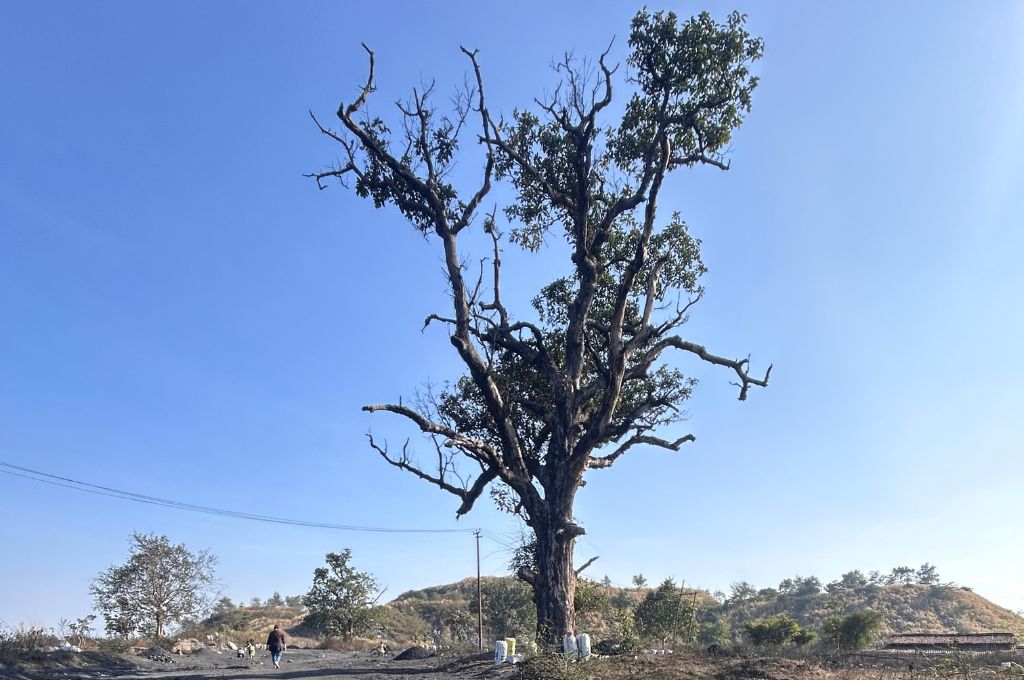Patriarchy without men
In the summer of 2019, I visited Uttarakhand as part of my college’s summer internship programme, to study migration in the hills of Uttarakhand.
A large number of men in Tehri Garhwal district, where we were placed, had migrated to cities such as Delhi, Chandigarh, or Mumbai in search of employment. Those who could afford it had moved with their families in the hope of more opportunities and a better future for their children.
With the families that stayed back, the entire burden of running the household fell on women—taking care of children and in-laws, tending to the farms, rearing cattle, and travelling to distant markets. This made me wonder: Had the absence of men in the everyday lives of these women resulted in greater mobility and freedom of expression for them, and did they now enjoy the position of key decision maker in the household? When I asked them this question, they giggled.
The traditional structures of patriarchy were maintained even in the absence of men, through panchayats, older women, and technology. Mothers-in-law took the decisions in the family, through frequent consultation with the migrated male family members. This was made easier because of mobile phones and WhatsApp. They regarded the position of decision maker to be a man’s inherent right, and saw themselves as mere fill-ins or substitutes while their husbands and sons were away.
Shruti Vinod is currently pursuing her masters in development communication and extension from the University of Delhi.
—
Know more: Read about why it is critical to engage men in order to address deep-rooted gender inequalities in India.



